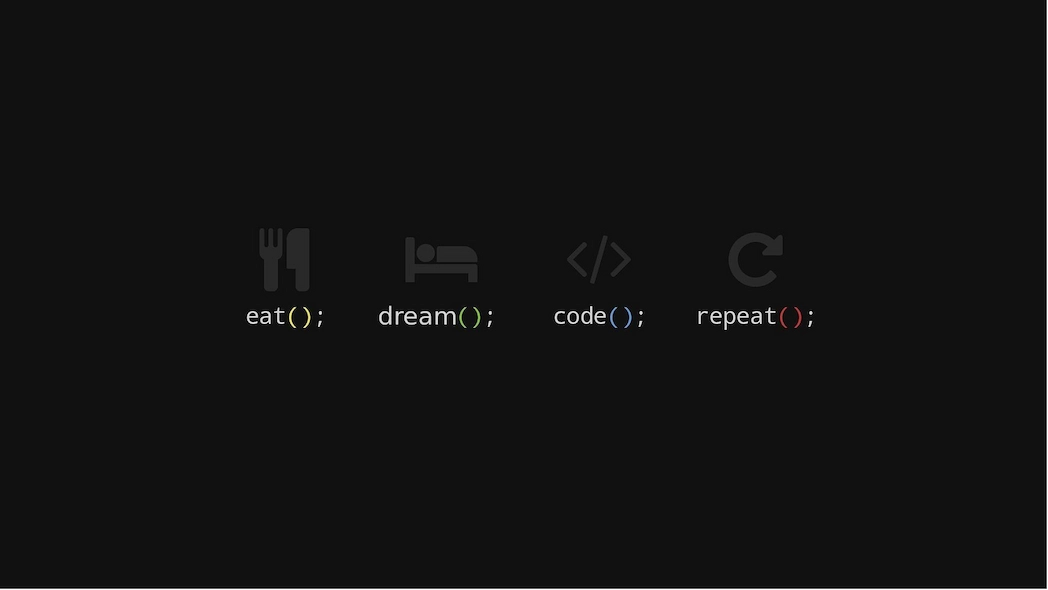


Reusability in software development refers to the ability to design code, modules, libraries, or other components in a way that they can be reused in different contexts. It's an important principle to promote efficiency, consistency, and maintainability in software development.
When code or components are reusable, developers can use them multiple times instead of rewriting them each time. This saves time and resources, provided that the reusable parts are well-documented, flexible, and independent enough to be used in various projects or scenarios.
There are several ways to achieve reusability:
Reusability helps reduce development time, decrease error rates, and improve the consistency and quality of software projects
In software development, modularization refers to dividing software into independent, reusable, and well-defined modules or components. These modules perform specific functions or provide particular services and can interact with each other to form a larger software system.
Here are some key aspects of modularity in software development:
Encapsulation: Each module should have a clear interface that defines how it communicates with other modules. Internal implementation details are hidden, allowing other parts of the system to only access it through the public interface.
Independence: Modules should be designed to be relatively independent of each other. Changes to one module should be possible without affecting other parts of the system.
Reusability: Well-designed modules are reusable. They can be used in different projects or even within the same project in different contexts.
Testability: Modular software is easier to test since individual modules can be tested in isolation, making debugging and troubleshooting more manageable.
Scalability and Maintainability: Breaking an application into modules makes it more scalable, allowing for the addition of new features or modifications to existing modules without affecting the entire system. It also facilitates maintenance by limiting errors or updates to the affected module.
Using modular approaches in software development, such as employing design patterns, libraries, or frameworks, helps organize code better, enhances development efficiency, and improves the overall quality of the software.
TYPO3 is an open-source content management system (CMS) used for creating and managing websites. It's known for its flexibility, scalability, and adaptability to various requirements.
A Data Warehouse System is a specialized database designed to collect, store, and organize large volumes of data from various sources for analysis and reporting purposes. Essentially, it gathers and consolidates data in a format useful for analytics and business decision-making.
Key features of Data Warehouse Systems include:
Data Integration: They integrate data from diverse sources such as operational systems, internal databases, external data sources, etc.
Storage of Historical Data: Data Warehouses store not only current data but also historical data over a specific period, enabling analysis of trends and long-term developments.
Structured Data Models: Data is stored in a structured format, usually in tables, to facilitate efficient analysis.
Query and Analysis Capabilities: These systems offer powerful query functions and analysis tools to execute complex queries across large datasets.
Decision Support: They serve as a central source of information used for decision-making and strategic planning in businesses.
Data Warehouse Systems often form the backbone for Business Intelligence (BI) systems, providing a consistent, cleansed, and analyzable data source invaluable for enterprise management. They play a critical role in transforming raw data into actionable insights for businesses.